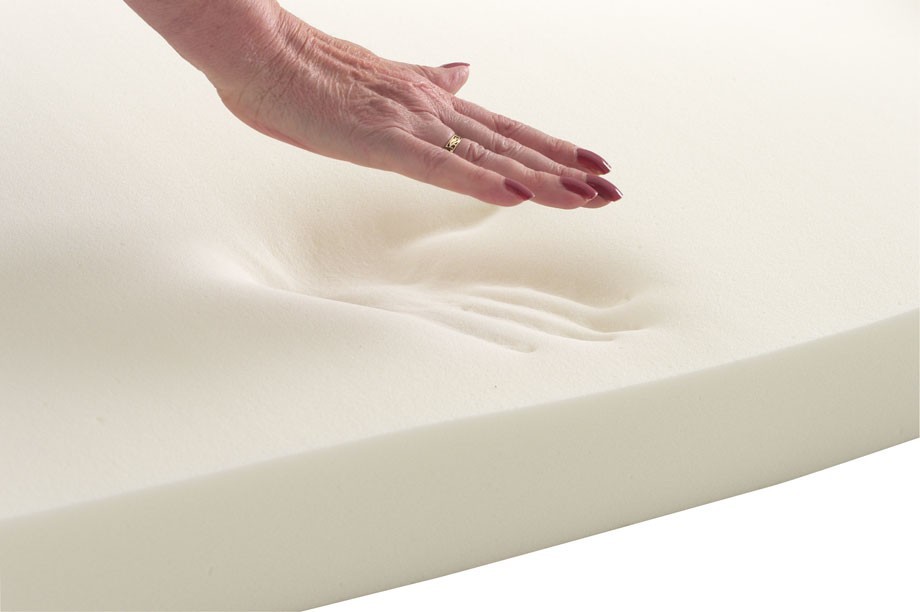Polyurethane foam is a type of material that’s often used in mattresses and furniture cushions. It’s one of the most popular types of foam because it’s durable and easy to clean, but is it safe to sleep in? Find out what Polyurethane foam consists of, why some people believe it might be unsafe, and whether you should think about switching your mattress or other surfaces to something else.
What is polyurethane foam?
Polyurethane foam is a type of foam that is used in the furniture industry and in cars. It is made from petroleum-based chemicals and a blowing agent. Although there are no studies showing it to be harmful, many people do not agree with its use for bedding because of the flame retardants used to make polyurethane foams that can also cause problems if they start to break down.
Why is polyurethane foam bad for you?
Polyurethane foam is the material that most cheap mattresses are made from. Cheap mattresses use a lot of polyurethane foam because it’s cheaper than using cotton or wool. It’s also used as an inexpensive filling material for pillows and upholstery. Polyurethane foam has been found to contain many harmful chemicals such as benzene, a known carcinogen. It can also off-gas formaldehyde, ammonia, and other toxic gases over time.
Is polyurethane foam safe to sleep on?
Sleeping on a polyurethane foam mattress is a common practice for many people. It is a soft, comfortable material that provides great support to your body and spine. But, what are some of the safety facts? Polyurethane foam is made from urethane, a type of plastic. It’s often used in construction to make furniture and children’s play equipment because it’s light, strong, and can insulate sound. Polyurethane should be treated as any other plastic when it comes to bedding.
Foam Mattresses
Polyurethane foam is commonly used in mattresses because it provides a very high level of softness. Polyurethane foam can be found in many other places as well, such as couch cushions, car seats and furniture padding. Polyurethane foam is a safe material for beds because it does not contain any flame retardants or harmful chemicals. It also makes an excellent option for individuals who suffer from allergies as it doesn’t attract dust mites like other types of mattresses do. The material is also used for insulation and packaging. While there have been some mild reactions to polyurethane foam, it’s generally considered safe to sleep on.
Concerns about polyurethane foam
Polyurethane foam is a petroleum-based material and is not biodegradable. This can lead to many environmental problems, such as hazardous spills from the manufacturing process. Furthermore, because it’s chemically based, polyurethane foam has many of the same chemical compounds as petroleum based products, which have been linked to cancer in animals.
Polyurethane foam is an excellent insulator and can be used for many purposes, but not all weather conditions are suitable for it. UV radiation can cause the foam to degrade, soften, and melt. It also causes ozone to form. Ozone causes an unpleasant smell, bubbles in the surface of the foam, and deteriorates the surface of the material.
Alternatives to polyurethane foam mattresses
Polyurethane foam is also hypoallergenic and resistant to mould or mildew. It’s not, however, the only kind of foam out there. Alternatives such as latex and memory foam may be better suited to those with allergies or skin sensitivities.

